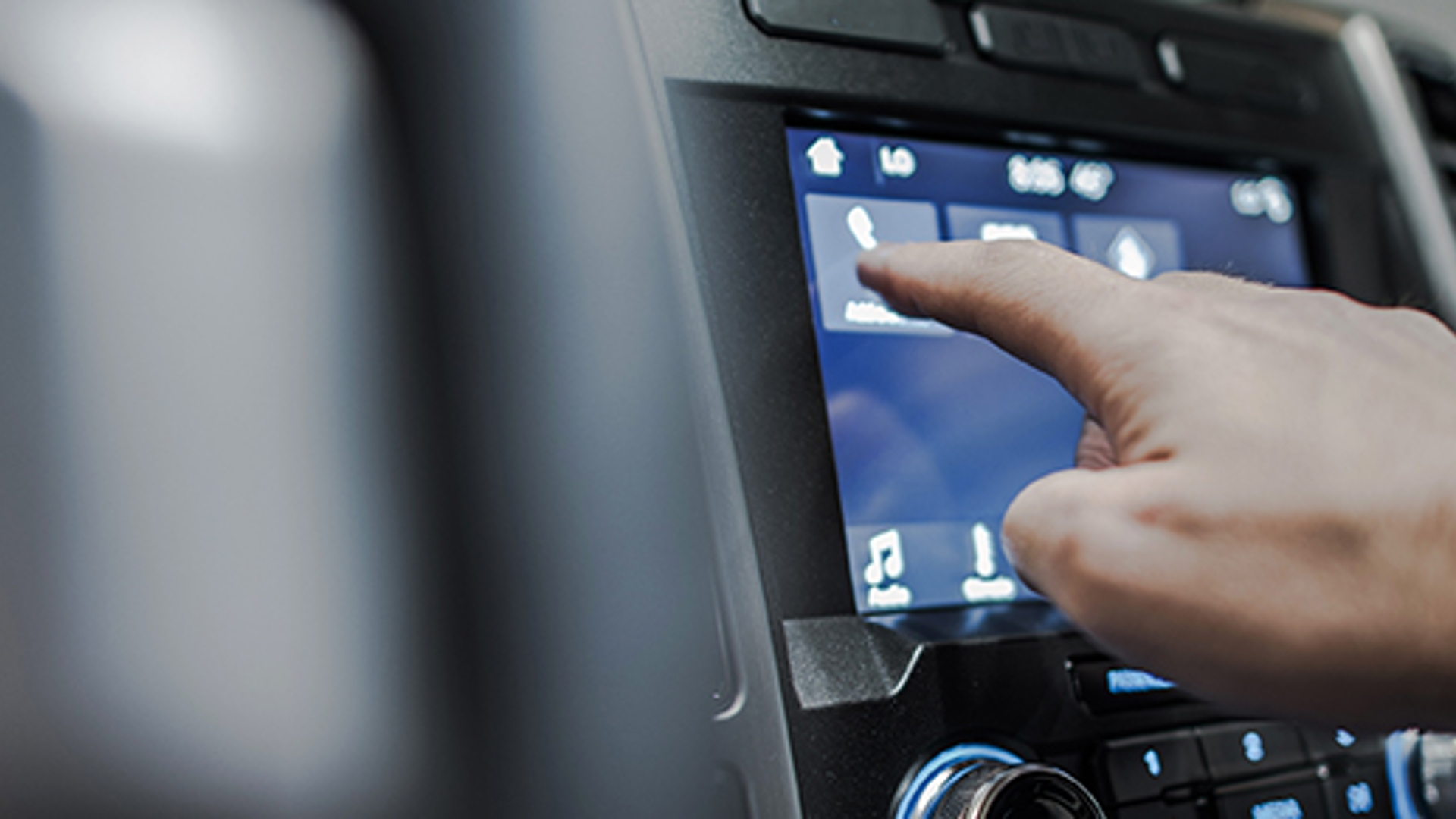A new study from the American Automobile Association's Foundation for Traffic Safety has studied the distraction levels of various in-car infotainment systems. They've looked at Apple CarPlay and Android Auto integration and compared the two with five native automaker systems, finding both systems generally less distracting in real-world, on-road testing.
Distracted driving is a massive issue for road safety. It has led to the no-phone laws that are found just about anywhere you drive. So drivers have switched to using in-vehicle infotainment systems to control the music from their phone, as well as calling, dialling, texting, and setting navigation. But are those systems still distracting? And are some better than others? The AAA study, in partnership with the University of Utah, put the systems to the test.
The test took five 2017 and 2018 model year vehicles from five manufacturers. All supported both CarPlay and Auto. The 64 participants in the study, ages 21 to 36, performed four tasks. Selecting or programming audio, calling and dialling, text messaging, and programming the nav. They did it on a road with a posted 25 mph (40 km/h) limit and little traffic. Participants were told to drive the route and repeat the tasks. Their level of distraction was measured for each system and task. The systems tested were Honda's HondaLink, Ford's Sync3, Chevrolet MyLink, Kia Uvo, and Ram Uconnect. Participants completed the tasks using the phone-based systems and did them using the built-in infotainment systems.
The AAA study showed that CarPlay and Auto had less visual demand for interactions than the built-in systems. CarPlay was nominally less demanding for on-screen than voice interactions, with Android Auto the opposite.
Two of the manufacturer systems caused very high levels of demand, and the remaining were moderately high. That means a higher potential for eyes off the road and distracted driving. The two phone systems generated high levels of demand in three vehicles and moderate in two.
The AAA study shows that even the best system they tested still has at least a moderate demand on the attention and focus of drivers. Which is still more demanding than you want when you're behind the wheel. The group said that "consumers should know that just because technologies, like those tested, are compatible with or built into a vehicle does not mean industry testing has proven them safe to use while driving. Motorists should only use these technologies for legitimate emergencies or urgent, driver-related purposes."

